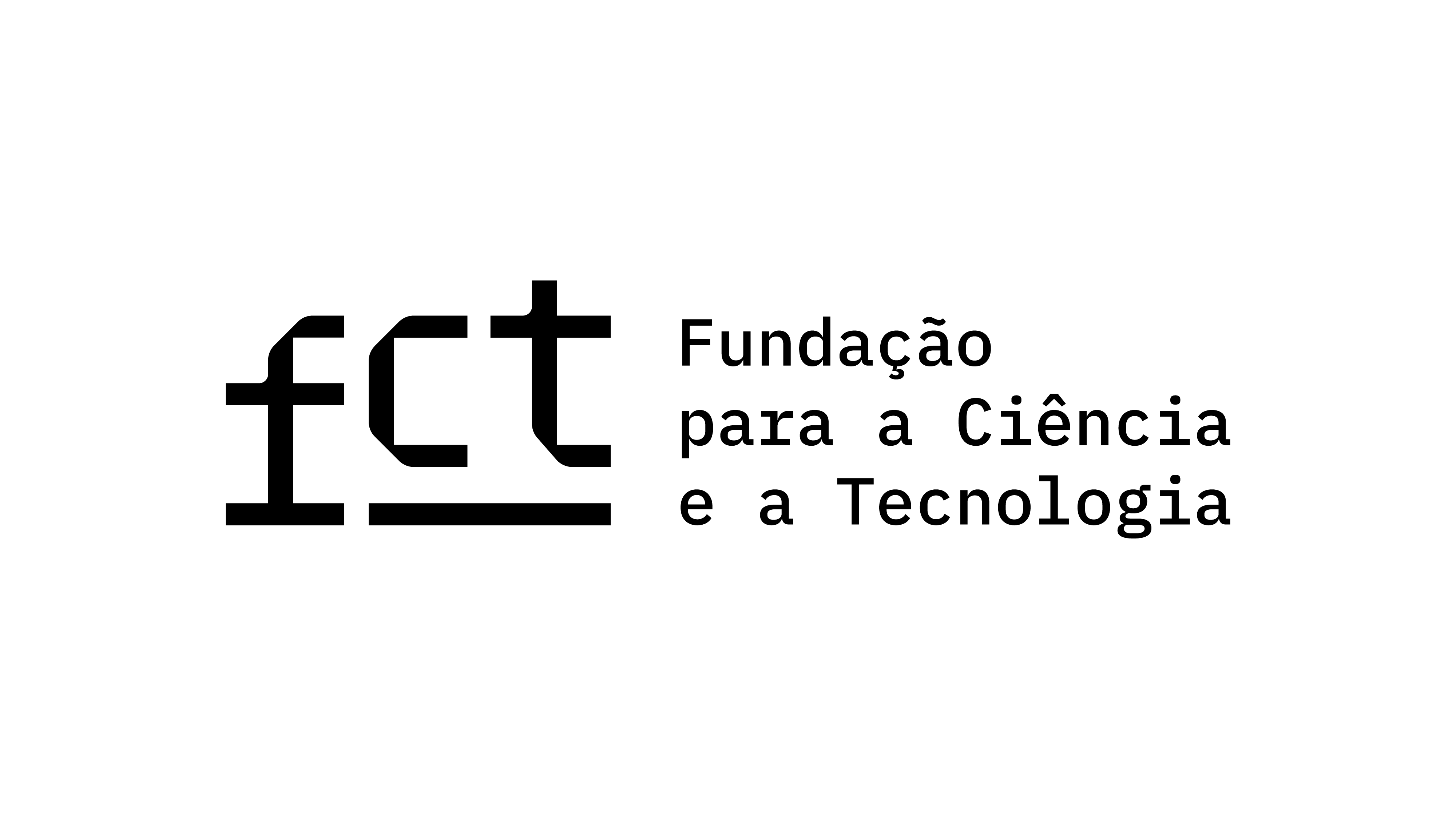The Effects of Translation
A Reading of Rilke-quotes in Gravity’s Rainbow
DOI:
https://doi.org/10.51427/com.jcs.2023.0004Keywords:
citationality, intertextuality, translation, postmodernAbstract
In this article, I will examine the role of literary citation in Thomas Pynchon’s Gravity’s Rainbow, as well as its Hungarian translation. This will be achieved through an analysis of selected citations from Rainer Maria Rilke’s late poems in the novel. First, I will employ the notion of intertextuality developed by the Tel Quel circle to demonstrate how it becomes a defining characteristic of Pynchon’s postmodernist writing. Following that, I will provide a reading of the various contexts and connotations Rilke’s Duino Elegies evoke in Pynchon’s text. My intention is to highlight the multifaceted nature of the intertextual landscape in Pynchon’s work, its complex use of references, and the differences between this landscape and that of the Hungarian translation.
Downloads
References
BARTH, John (1967). “The Literature of Exhaustion.” The Atlantic, vol. 220, no. 2, pp. 29–34.
BARTHES, Roland (1977). Image — Music — Text. Translated by Stephen Heath. Fontana Press.
BARTHES, Roland (1981). “Theory of the Text.” Untying the Text: A Post-Structuralist Reader, edited by Robert Young. Routledge & Kegan Paul, pp. 31–47.
BERRESSEM, Hanjo (1997). Pynchon’s Poetics: Interfacing Theory and Text. University of Illinois Press.
CAESAR, Terry (1993). “Texts of the Text: Citations in Gravity’s Rainbow.” Pynchon Notes, no. 40–41 (Spring–Fall), pp. 125–133.
COWART, David (1980). Thomas Pynchon: The Art of Allusion. Southern Illinois University Press.
DAALSGARD, Inger (ed.) (2019). Thomas Pynchon in Context. Cambridge University Press.
DERRIDA, Jacques (1988). Limited Inc. Translated by Samuel Weber. Johns Hopkins University Press.
HAYNES, Doug (2012). “‘Gravity Rushes through Him’: Volk and Fetish in Pynchon’s Rilke.” Modern Fiction Studies, vol. 58, no. 2, pp. 308–333.
HOHMAN, Charles (1986). Thomas Pynchon’s Gravity’s Rainbow: A Study of its Conceptual Structure and of Rilke’s Influence. Peter Lang.
JENEI Gyöngyvér (2022). “‘Nem történetet mond el, hanem egy történetről beszél’ — Interjú Széky Jánossal a Súlyszivárvány fordításáról.” Irodalom, 29 April. https://kortarsonline.hu/aktual/szeky-janos.html.
JÓZAN Ildikó (2009). Mű, fordítás, történet. Elmélkedések. Balassi Kiadó.
KRISTEVA, Julia (1980). Desire in Language: A Semiotic Approach to Literature and Art. Translated by Thomas Gora, Alice Jardine, and Leon S. Roudiez. Columbia University Press.
MENDELSOHN, Edward (1976). “Gravity’s Encyclopaedia.” Mindful Pleasures. Essays on Thomas Pynchon, edited by Harry Levin and David Leverenz. Little, Brown and Company, pp. 161–195.
MOLNÁR Gábor Tamás (2022). “Költői kép, prózai félreolvasás: A molylepke lánghalála és túlélése Thomas Pynchon Súlyszivárványában.” Prózára hangolva: A 20-21. századi elbeszélő próza a magyar és világirodalomban, edited by Bónus Tibor and Molnár Gábor Tamás. ELTE BTK, pp. 223–258.
NEMES NAGY Ágnes (1989). Szó és szótlanság. Magvető.
PYNCHON, Thomas (1973). Gravity’s Rainbow. The Viking Press.
PYNCHON, Thomas (1981). Die Enden der Parabel. Translated by Elfriede Jelinek and Thomas Piltz. Rowohlt.
PYNCHON, Thomas (2009). Súlyszivárvány. Translated by Széky János. Magvető.
RILKE, Rainer Maria (1939). The Duino Elegies. Translated by J.B. Leishman and Stephen Spender. W.W. Norton & Company.
SAUSSY, Haun (2017). Translation as Citation: Zhuangzi Inside Out. Oxford University Press.
SZABÓ Ede (1979). Rilke világa. Európa.
WEISENBURGER, Stephen (2006 [1988]). A Gravity’s Rainbow Companion: Sources and Contexts for Pynchon’s Novel. The University of Georgia Press.
WEISENBURGER, Stephen (1994). “Hyper-Embedded Narration in Gravity’s Rainbow.” Pynchon Notes, no. 34–35 (Spring–Fall), pp. 70–87. doi: https://doi.org/10.16995/pn.199
ZSELLÉR Anna (2010). “Tandori Dezső műfordításai a kései Rilke magyar recepciójában.” Irodalomtörténet, vol. 91, no. 4, pp. 455–474.
Downloads
Published
How to Cite
Issue
Section
License
Copyright (c) 2023 Gyöngyvér Jenei

This work is licensed under a Creative Commons Attribution 4.0 International License.
Compendium embraces online publishing and open access to all issues. Authors retain copyright and grant the journal right of first publication with the work simultaneously licensed under a Creative Commons Attribution 4.0 International (CC BY 4.0), that allows others to share the work with an acknowledgement of the work's authorship and initial publication in this journal.











